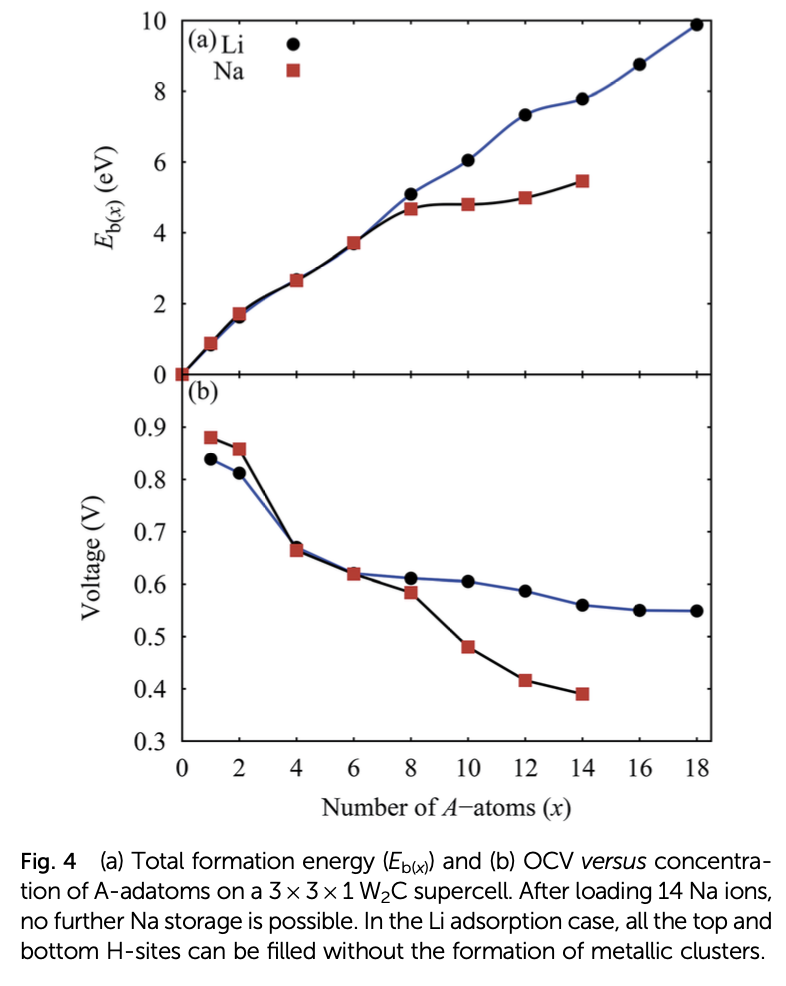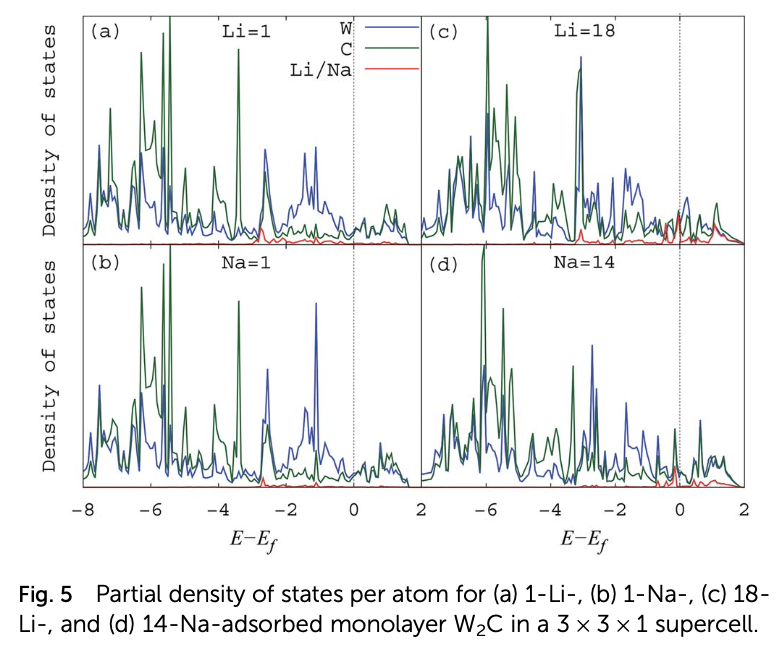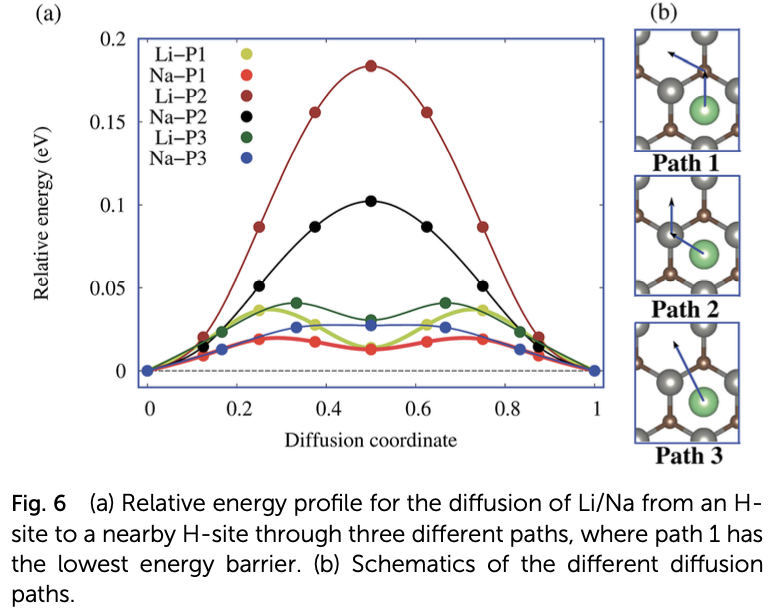Back To Listings
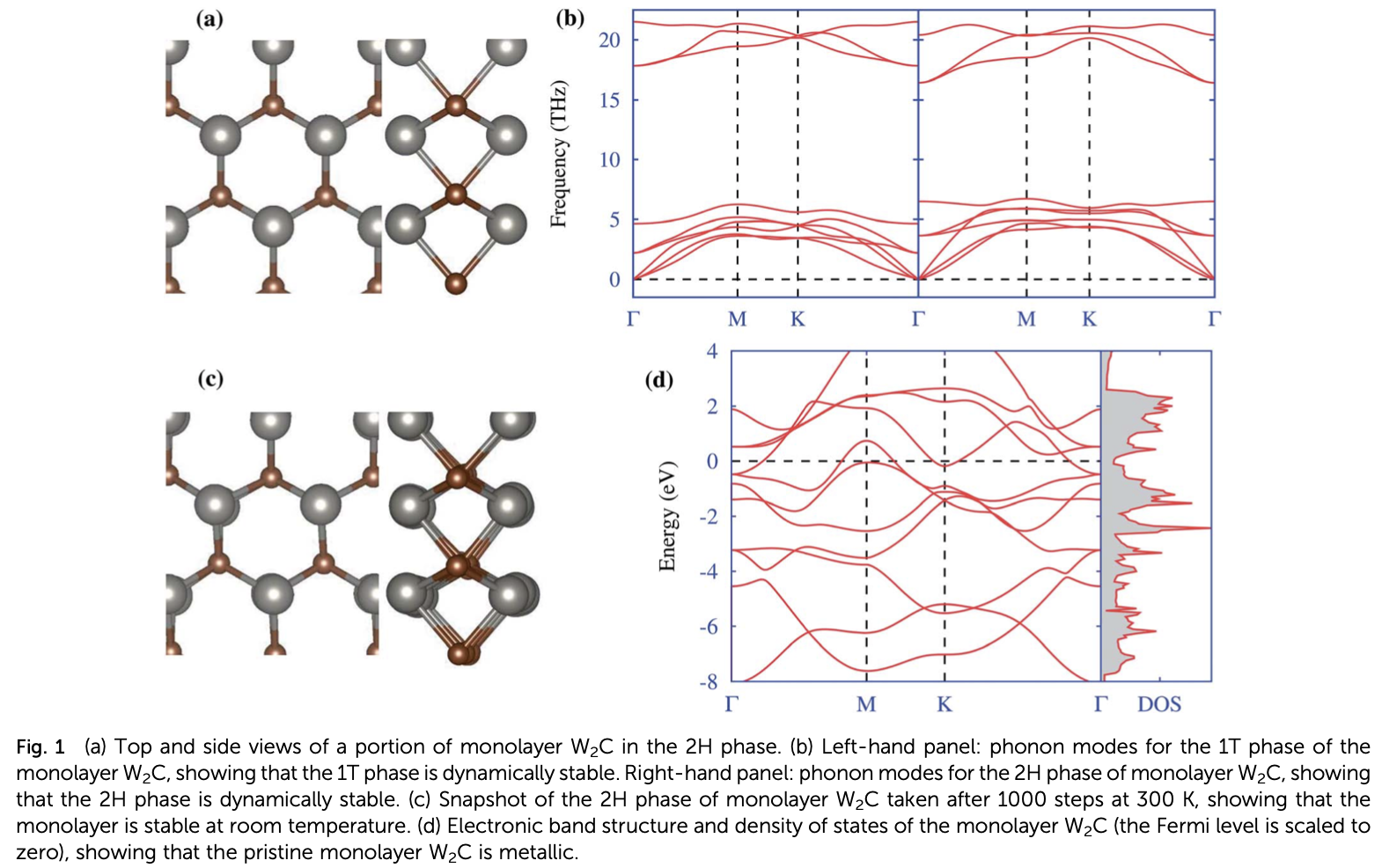
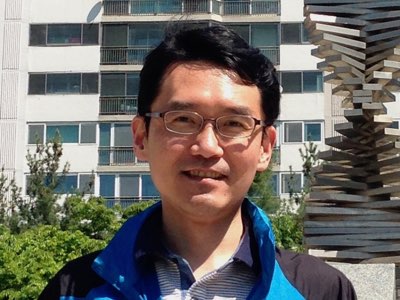

- First authors: Abdus Samad
- Corresponding authors: Abdus Samad
- Whole authors: Abdus Samad, Aamir Shafique, Hye Jung Kim and Young-Han Shin
- Authors from M3L: Young-Han Shin
Using density functional theory calculations, a freestanding monolayer of W2C in the 2H phase is explored to find its stability in terms of formation energy and phonon vibrations. In addition, the monolayer has a high in-plane stiffness of 278 N m-1. Its intrinsic metallic nature, high mechanical stability, and high adsorption capability for Li/Na ions make it an appealing anode material for rechargeable Li/Na ion batteries. The anode open circuit voltages of 0.84–0.55 V for Li and 0.88–0.38 V for Na are within the voltage range of commercial anode materials. The low diffusion energy barrier for a Li (0.035 eV) or Na (0.019 eV) ion leads to superionic mobility, which causes ultrafast charge/discharge cycles. The area expansion of the fully loaded anode is negligible. Its high mechanical stiffness, superb ionic and electronic conductivity, and suitable charging voltage range are the indications of a long-life anode having a high recyclability with full recovery and fast charge/discharge processes.
Authors from M3L



